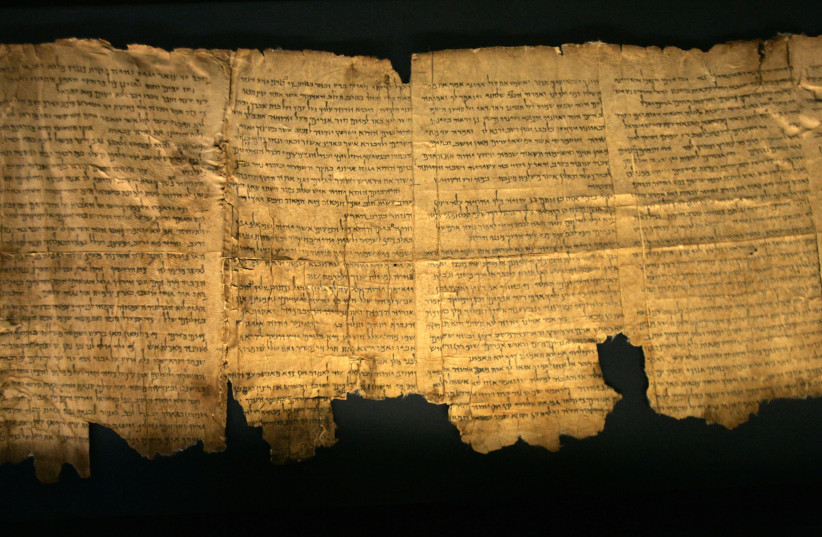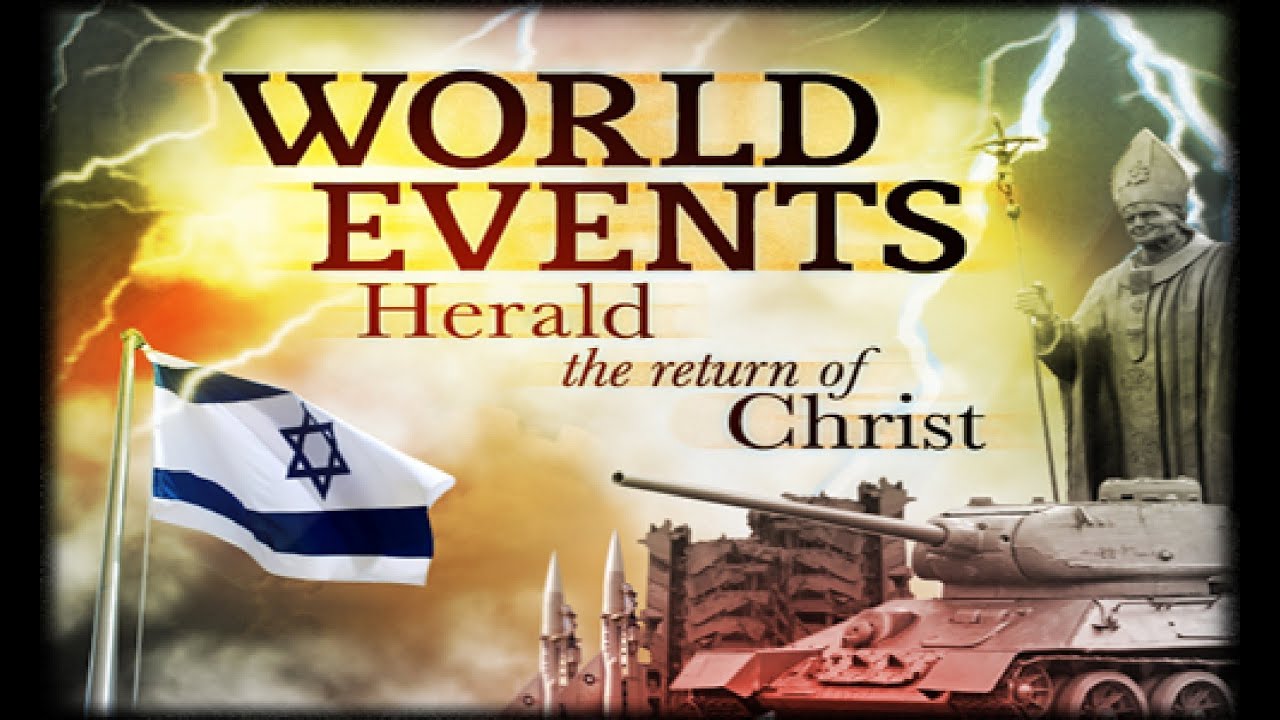Some 2,000 years ago, Jews use formal beautifully written biblical manuscripts for public reading as well as informal and sloppy written biblical texts for personal use.

Sections of the ancient Dead Sea scrolls are seen on display at the Israel Museum in Jerusalem May 14, 2008.
(photo credit: REUTERS/BAZ RATNER)
Some 2,000 years ago, Jews use formal beautifully written biblical manuscripts for public reading as well as informal and sloppy written biblical texts for personal use, new research on the Dead Sea Scrolls has shown.
In addition, some of the scrolls might be more ancient than previously thought, suggesting that the current canonical form of the Book of Psalms might date earlier than previously believed.
The Dead Sea Scrolls are a corpus of some 25,000 fragments unearthed in caves on the shores of the Dead Sea in the 1940s and ’50s. The artifacts include some of the most ancient manuscripts of the Bible, other religious texts that were not accepted in the canon and nonreligious writings.
Over the past few years, “The Hands that Wrote the Bible,” an artificial-intelligence-based paleographic project carried out by scholars at the University of Groningen in the Netherlands and supported by the European Research Council has been focusing on understanding more about the identity of the scribes who copied the scrolls.
Dr. Drew Longacre, one of the scholars involved in the project, has been concentrating on the manuscripts featuring the texts of the Davidic Psalms.
“The Psalms are immensely important for both the Jewish and the Christian traditions and the Dead Sea Scrolls give us a window into how important they were for ancient readers as well,” Longacre said. “For this reason, I think this is a very important test case.”
Called Tehillim in Hebrew, the Psalms are a collection of some 150 songs which composed the first book of the Ketuvim (Writings), the third section of the Hebrew Bible. Jewish tradition attributes many of them to King David.
The Dead Sea Scroll collection presents some 40 scrolls containing the text.
“Some of them are just one tiny fragment, some of are collections of many large fragments,” Longacre noted. “Maybe 15 or so are substantially preserved.”
One aspect that make the Psalm scrolls especially interesting according to the scholar is the diversity of the artifacts in terms of content and format which has caused a lot of controversy among experts.
“The scrolls don’t all just follow one pattern and what we know from the medieval manuscript,” he said. “This raises a lot of challenges, and people have tried to explain it in numerous different ways.”
“Some people have suggested or insisted that there is one and only one canonical form and everything else is somehow secondary to that,” he added. “Others have argued that, over time, the manuscripts came to look increasingly more like the medieval manuscripts that we have. And yet others today are saying that the text was very fluid and people were just freely rearranging these songs as they liked, and the standard, definitive, arrangement of the Psalms that we know today did not exist.”
Longacre has been focusing on the dating of the scrolls as well as on their typology.
The preliminary results of the analysis carried out using paleographic and radiocarbon dating have revealed that some of the scrolls might actually be more ancient than previously thought.
“One of the manuscripts presenting texts in roughly the same order than medieval manuscripts could have been dated as early as the third century BCE, which could be very challenging for those who say that the current Psalter is a much more recent creation,” he said.
However, in his research, which was partially unveiled in an academic conference organized by the University of Groningen last month, Longacre suggested that time might not be the main factor to interpret the Psalms manuscripts.
“What I have tried to emphasize is what when we look at these scrolls we don’t just have to know when they were written, but how they were written,” he said.
“What we find is that some of them are very big manuscripts, with large margins, very neat and clean, featuring beautiful handwriting and professional calligraphy,” he remarked. “On the other hand, when you look at smaller manuscripts the handwriting tends to be very informal, it’s often sloppy amd careless or, even if it’s nice, it’s not usually at the same level of the beautiful calligraphic handwriting.”
Longracre therefore believes that a clear distinction existed between artifacts created for public use and community reading and those manufactured for personal use, a distinction somewhat comparable to the modern difference between a Torah scroll used for public reading in synagogues and a Chumash, a book containing the Pentateuch, usually used for learning purposes, or between hardcover and paperback books.
The difference between formal and informal manuscripts could offer a fundamental key also to interpret discrepancies between contradictory versions of the texts.
“I make the argument that that the handwriting and the way the manuscript looks actually helps us to interpret the text,” the scholar said. “If we can look at a manuscript and note that even though it disagrees with our medieval manuscripts, it represented a complete version of the Psalter is one thing, but when it comes to smaller manuscripts they can differ wildly because people were creatively reusing and selectively rearranging the songs, without ever thinking at these scrolls as a replacement for the Psalter, because everybody recognized they looked completely different.”
In the future, the researcher hope to use the AI-based paleographic technology to understand more about the authors of the different manuscripts and whether the same scribe could have copied more than one Psalms scrolls, as well as other scrolls.
“I think by looking at the combination of dating, style classification and writer identification, we’re able to see a much more granular picture, we’re able to get to that micro history of individual scribes and we’re not just relying on vague generalizations,” Longracre said.
“I think that this is an important way forward, that clarifies a lot of ongoing debates,” he concluded.

